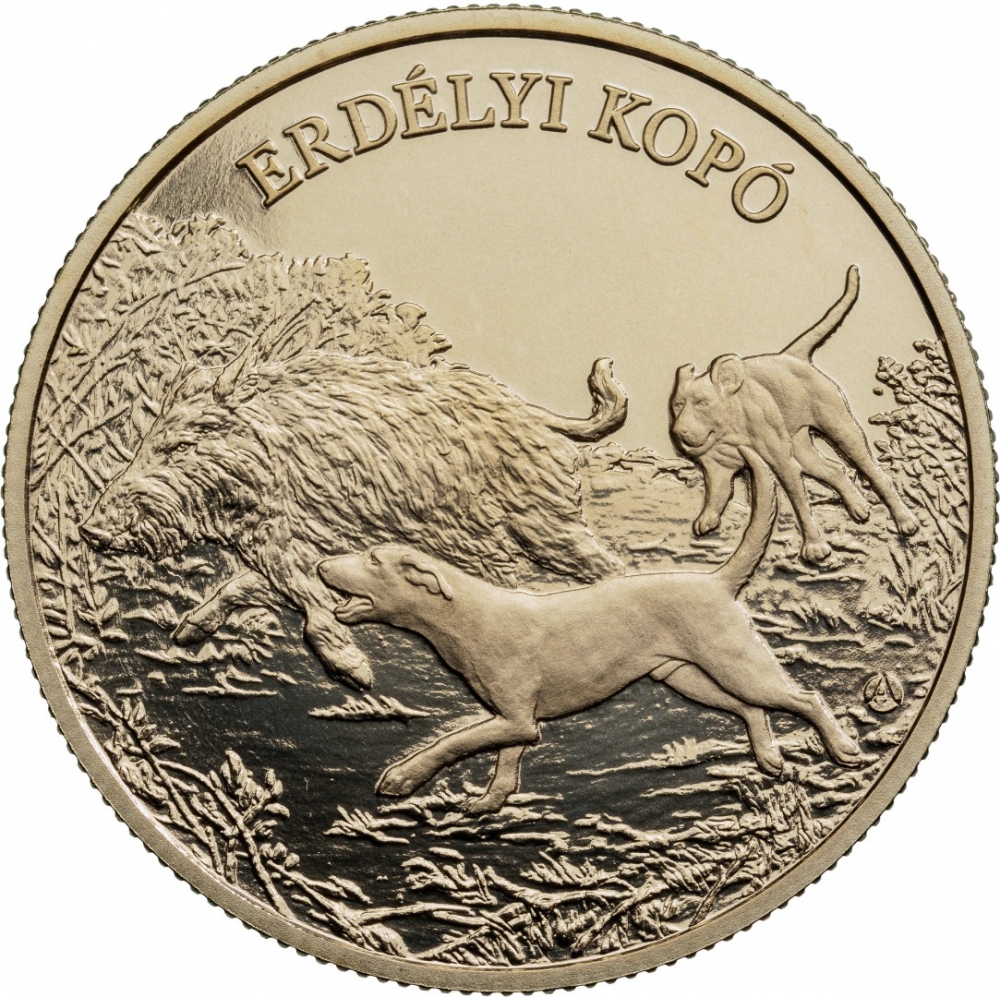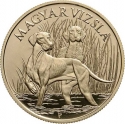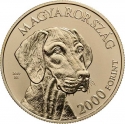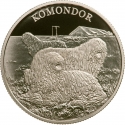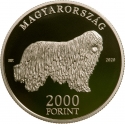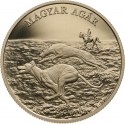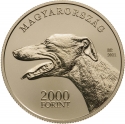You are about to finish your registration. Please check your mailbox (including spam folder). There should be a letter with a confirmation link. Check setting to make sure that your e-mail address is correct.
Send letter againDescription
In 2019, the Hungarian National Bank launched a coin series celebrating Hungarian shepherd and hunting dog breeds. The term "Hungarian Shepherd and Hunting Dog Breeds" encompasses nine breeds that were recognized in the Collection of Hungarikums in 2017.
Engraver: András Szilos
Obverse

|
Depicts two Transylvanian Hounds chasing a wild boar in terrain covered with dense vegetation. At the top edge, the inscription "TRANSYLVANIAN HOUND" is in a circular pattern, and on the right side, the engraver's privy mark is integrated into the depiction of the vegetation. ERDÉLYI KOPÓ |
|---|---|
Reverse

|
Depicts a Transylvanian Hound with its head turned to the right. At the top edge, the inscription "HUNGARY" is in a circular pattern, and on the right side, the denomination and the inscription "FORINT" are arranged in two rows, with the year of issue "2023" and the mint mark "BP." placed below. MAGYARORSZÁG |
| Edge |
3000 Forint
Hungarian Shepherd and Hunting Dog Breeds
Transylvanian Hound
Subscribe series
KM#
Hungarian Shepherd and Hunting Dog Breeds
Transylvanian Hound
Characteristics
| Type | Commemorative Issue (Non-circulating) |
| Material | Nickel Brass |
| Weight | 16 g |
| Diameter | 34 mm |
| Thickness | - |
| Shape |
|
| Alignment | Medal |
| Mint |
Budapest Mint (BP)
|
